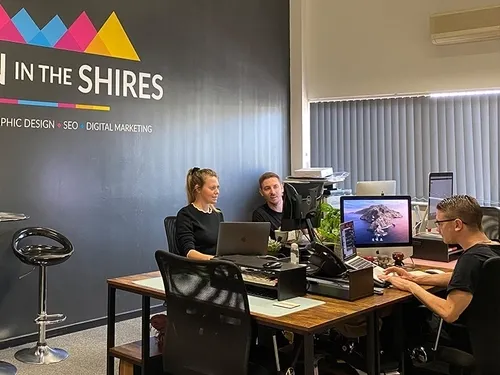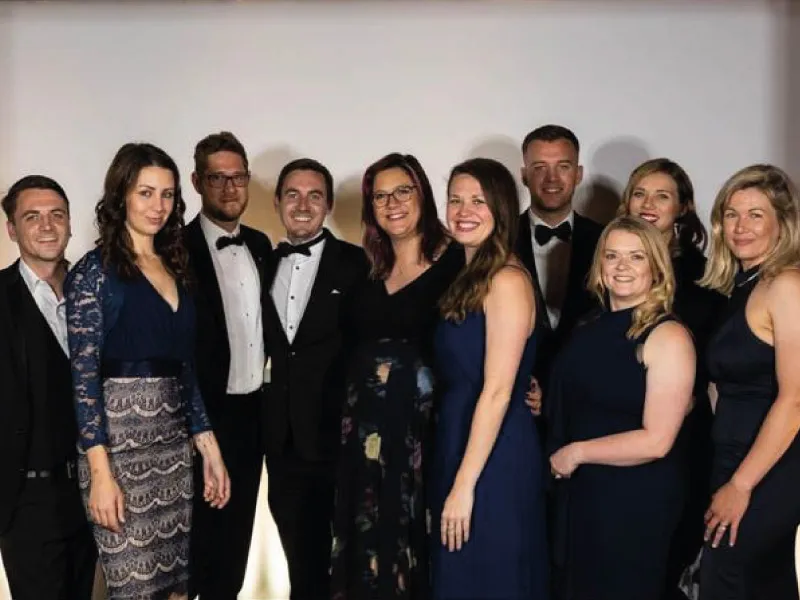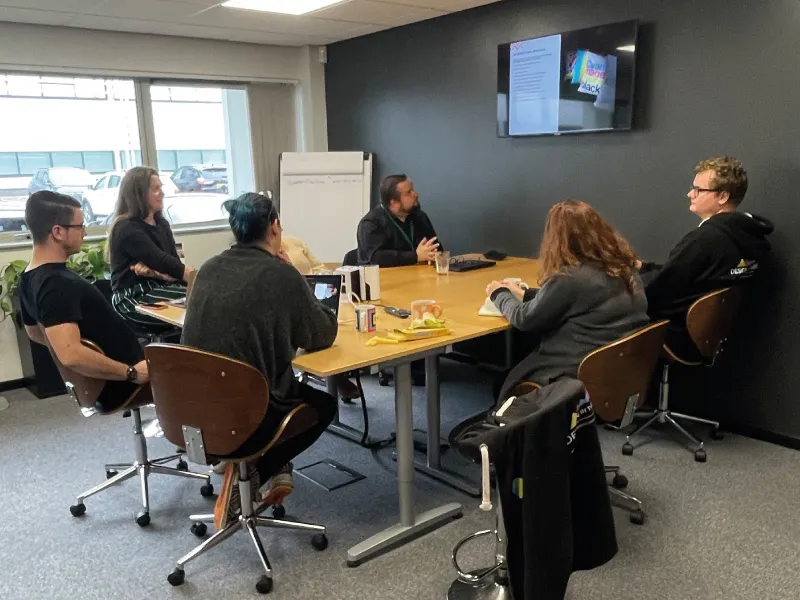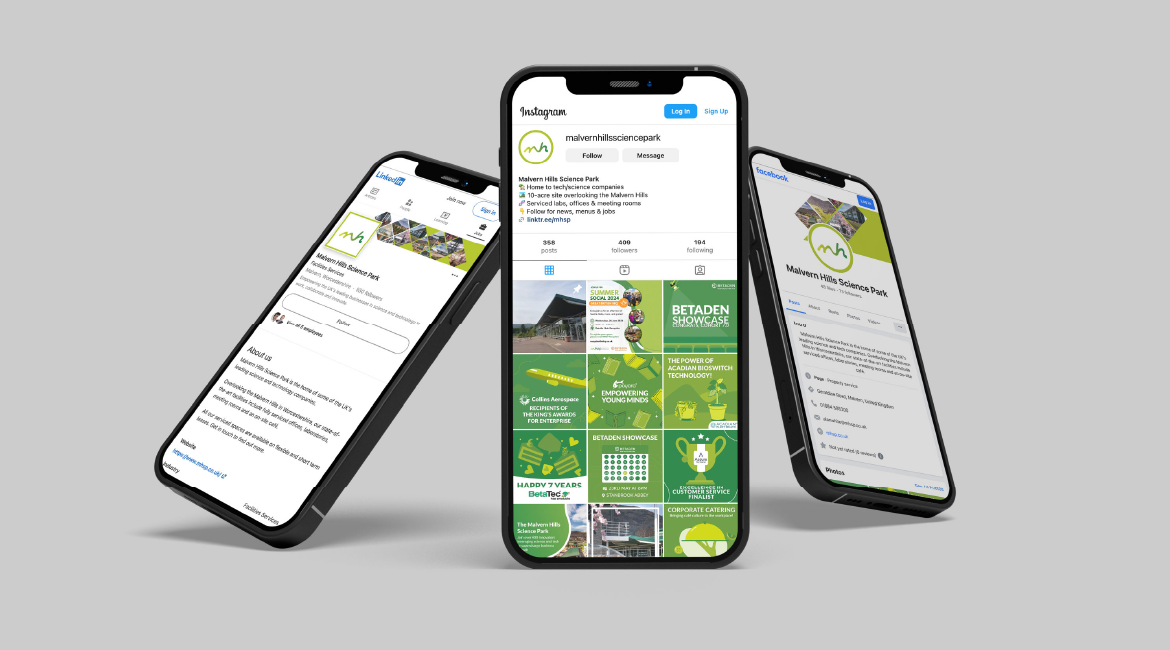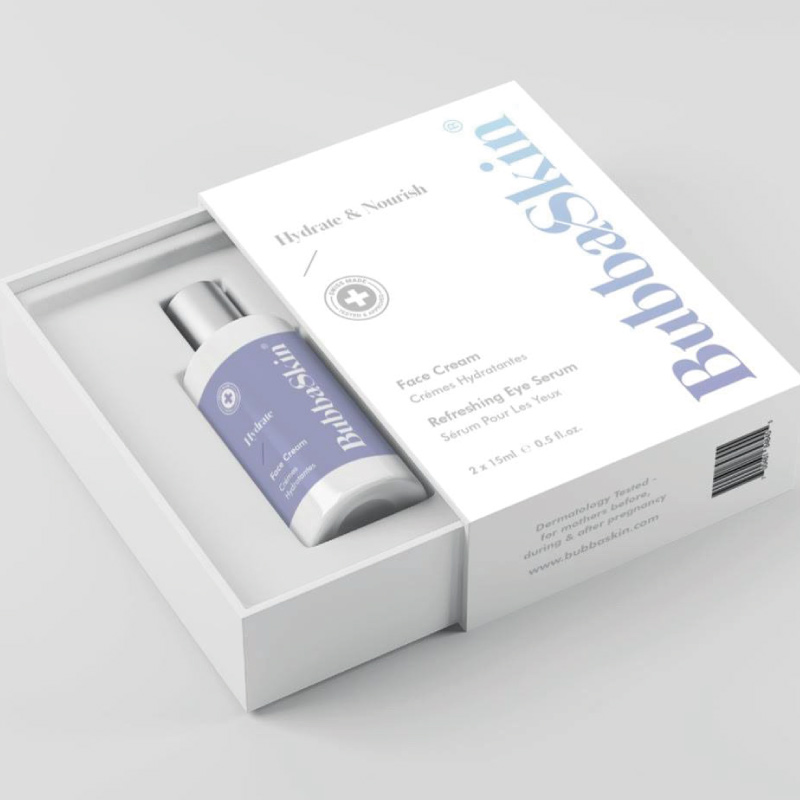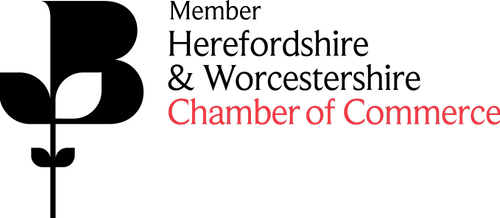6 brand tone of voice examples to help you avoid the bruce wayne effect

6 brand tone of voice examples to help you avoid the bruce wayne effect
January 5, 2021
9 Mins
How to create a consistent brand tone of voice your customers love with six brilliant examples
An integral part of branding is knowing how to create a true and consistent tone of voice (TOV). As the name suggests, it sets the tone for your business and can make all the difference when it comes to converting prospects into customers.
However, getting this right in every form of communication and marketing across your entire business can be challenging when you have a diverse workforce, each with its own habits, thoughts and writing styles.
Without the right brand tone of voice guidelines and principles in place, you’ll develop inconsistencies where your brand switches between tones and confuses customers. It’s something we like to call the Bruce Wayne effect.
The good news is, it only requires the smallest of tweaks to a tone of voice to alter the perception of your brand and win more customers. In this blog, we delve into the Bruce Wayne effect and share some brand tone of voice examples you can use to make a positive change this year.
What is tone of voice in branding? (a tov definition)
The tone of voice in branding is a reflection of your brand personality. It helps your business as a whole set the tone for all communications and consistently reach the right audience.
With 55% of all page views online getting less than 15 seconds of attention, it’s so important to make every word count. Similarly, if you send a flyer or letter out, the first sentence or headline needs to be bold enough to stop the recipient from throwing it in the recycling bin.
The key to brand tone of voice success is to develop an understanding of what you want to achieve. For example, if you want to sound approachable, don’t be afraid to add some sarcasm and wit into your content. This can be a very powerful tool to differentiate your brand from others when you’re operating in a ‘stuffy’ or ‘complex’ industry.
Ultimately, your brand tone of voice must align with your customer persona(s). It’s no good using a load of jargon and unnecessarily long sentences if you’re simply trying to sell a coat to a teenager.
In the same way, CMOs don’t need you to state the obvious about marketing on your website.Cut to the point and tell them exactly what you can do with concise and clear language. Believe it or not, brands with a good tone of voice tend to get more from their marketing by saying less.
Clearly define your brand, then define your tone of voice. Think about how your brand should sound to your customer? Are you playful or are you serious? Are you softly disarming or pulling in attention?
Defining your tone of voice is realising what feeling is behind the brand voice. Tapping into that feeling can help you clearly define what your TOV should be.
Why tone of voice is important in branding?
The tone of voice is important in branding because it gives you the blueprint to consistency, building credibility and making your brand more memorable.
At Design in the Shires, we see many businesses mistakenly switching between tones of voice. While it may seem harmless, it can actually put customers off.
Gotham’s much-loved caped crusader is guilty of this in Christopher Nolan’s Dark Knight trilogy. By day, the notorious playboy, Bruce Wayne, speaks eloquently and clearly. However, by night, he turns into Batman –a gruff and forceful character.
For businesses, this transition is dangerous. It dilutes your brand messaging and can put customers off for life. In fact, 64% of customers revealed that shared values are the main reason to trust a business, while brand consistency issues have been found to damage company revenue by 23%.
To counteract this potential issue, the tone of voice in your branding needs to stay consistent. No superhero alter egos are necessary here.
To address these common problems, you need to establish consistency across all departments by developing tone of voice guidelines. Creating a bible of language to use, boilerplate copy and details on the tone will enable newcomers, temps and freelancers to get a better understanding of your brand.
As your business grows, the tone of voice guidelines will act as a blueprint to keep all content consistent in every message and every department.
Brand tone of voice guidelines – things to consider
When developing these brand tone of voice guidelines, you must consider:
• The origin and meaning of words – the etymology of words, i.e. which words are best suited for different situations and audiences. You need to define these clearly for employees to understand.
• How words sound – ever find yourself re-reading sentences or pausing to think about what you just read? This usually means the content and tone of voice hasn’t considered how words sound. You must demonstrate and include examples of how employees can add fluidity and lyrical tendencies to their text to ensure the copy flows.
• The arrangement of any words used – the syntax, or the arrangement of words and phrases, can give employees an idea of how to write to the point and when to add more detail.
How to create an approachable tone of voice
If it’s an approachable tone of voice you’re after, you need to create a TOV that makes people feel comfortable. Take a second and think, what characteristics do approachable people have? They are friendly, smiley, and easy to talk to. These characteristics should define your brand tone of voice.
Positive vibes and good humour
Most people will pay more attention to good humour and positive energy. That means an approachable tone of voice for a brand should aim to be funny and radiate happiness.
Importantly, an approachable tone of voice is enjoyable to hear, easy to understand and NOT judgmental. This calls for positivity, inclusivity, and simplicity in the language. Please, don’t judge.
Vulnerability
An interesting but slightly more risky way to create an approachable TOV is to tap into vulnerability. Now, take caution, there is a fine line between laughing at yourself and self-depreciation.
‘Laughing at yourself’ is an approachable trait. It shows someone that they’re comfortable in their own vulnerability and light-hearted nature.
It’s like a stand-up comedian on stage, joking about their flaws. The audience will laugh because the comedian has made them feel comfortable.
However, going too far with vulnerability will turn people away. This is why it’s a risk. Use it at your peril but don’t underestimate vulnerability. When used correctly, it can be a very powerful and approachable tool. This ‘realness’ to vulnerability is what people tend to fall in love with.
Be brave to put it all out there for the people.
6 of the best tone of voice examples
Luckily, inspiration is never far away. To avoid the Bruce Wayne effect and master your tone of voice guidelines, simply start looking at businesses around you.
Are your competitors delivering a consistent tone of voice across all online and offline communications? If so, what do you like about their content? What don’t you like?
When you’re watching TV, actually sit and watch the adverts. Do you like the language used in the voiceover or the screen text?
Creating a tone of voice is like any other element of branding – you listen and learn from others and adapt to suit your agenda. You don’t always have to reinvent the wheel to hit a home run.
Here are some of our favourite tone of voice examples to get the ball rolling:
An empowering and warm tone of voice
If you want to encourage your audience to find joy in the world, live a wholesome life and excel in everything they do, John Lewis’ brand tone of voice is a great example.
For the most part, their adverts are thought-provoking instead of sales-orientated and the website content often focuses on how their products can help you live well.
John Lewis understands the importance of selling products by putting the customer experience first.
A fun and playful tone of voice
Nandos is one of the funniest and playful brand tone of voice examples out there at the moment. They’ve taken the ‘cheeky Nandos’ social media joke and used it to their advantage.
Their brand content is casual and relaxed – a lot like their approach to modern-day dining. They print bubbly, fun slogans on napkins, use top celebrities to appear in their ads and adapt their tone of voice to suit a younger, local audience. Their social media team also have the freedom to get creative with new trends and reply as you would with friends.
An informative and engaging tone of voice
If you’re targeting baby boomers (1946-1964), the Australian private health insurance provider, Medibank, is a fine tone of voice example.
Let’s face it, health insurance isn’t sexy. However, Medibank are the masters of provoking discussion around a topic via social media and online communications. They create ample question-based content, including quizzes, which appeals to baby boomers who commonly like to engage in conversation and weigh in on debates.
Their website content follows a similar pattern by using question-based headers to make the audience feel involved. It’s an interesting way of turning a stuffy industry into a hot topic.
An open and inclusive tone of voice
Everyone wants to belong, no matter how niche interests and lifestyles can be. Airbnb uses this principle in its tone of voice to show how people can belong anywhere.
“We believe in a world where people belong, anywhere.” This is a strong message which is incredibly connective and all-embracing. Using “world”, “people”, and“anywhere”, creates a universal tone of voice to successfully appeal to everyone. While “We believe”, shows a collaborative passion, helping create an emotional connection to the message.
The informality of voice also carries the togetherness effect. Informal language appeals to a wider range of people because it is more conversational. This informal and conversational tone of voice becomes relative to how the world would speak to each other.
A strong and assertive tone of voice
Sometimes negotiations are over, and force is necessary. Well, not literally, but Harvey Davidson applies this rather assertive, almost aggressive tone of voice to appeal to the right audience. It takes a certain type of person to ride a Harley around and the brand have tapped into that mindset to deliver a strong, confident, and convincing message.
“Grab life by the bars” is a perfect example of how Harley Davidson triggers a seize the day, live in the moment attitude. The thrills and adrenaline rush associated with motorcycle riding also complements the sense of freedom and adventure that the open road has to offer.
A personal and approachable tone of voice
A fine example of an approachable tone of voice was created by UK mobile phone network, Giff Gaff. They use a friendly tone, humour, and inclusivity within their brand identity and subsequent TOV to appear approachable to their customers.
Known to randomly text its members and say “Thanks, we think you’re awesome”, Giff Gaff has created a powerful, supportive, family foundation and community spirit. What’s more, it has created a funny tone of voice for a mobile network.
Its slogan, “the mobile network run by you” brings it all back to the customer. Another approachable aspect of the brand TOV is making their client base feel involved, cared for, and listened to. In this way, Giff Gaff put their money where their mouth is by paying members to help run the company. One member earned as much as £13,000 to help him through University.
Let us help you find the right brand tone of voice for your business
Worried your brand is suffering from the Bruce Wayne effect?
At Design in the Shires, we can help you find the ideal brand tone of voice and develop a consistent message in both the content you publish and the visuals you create.
To find out more about how we work as an agency, get in touch with us today.

